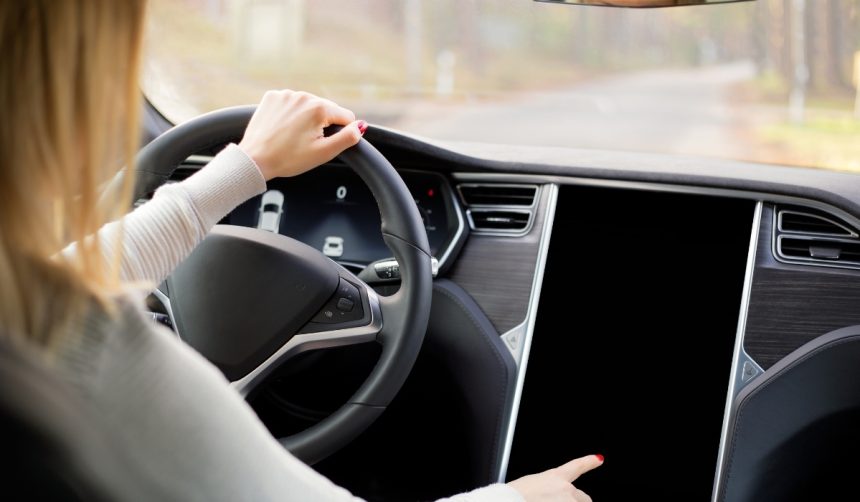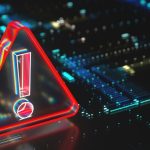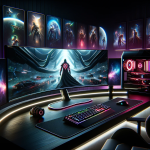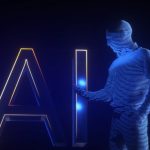Tesla is expanding its autonomous vehicle lineup with the introduction of the Cybercab and several new prototypes at a recent event in Burbank, California. This move comes as the company seeks to solidify its position in the competitive electric and self-driving car market. The unveiling signals Tesla’s commitment to advancing its technological capabilities and exploring new avenues for growth beyond traditional automotive offerings.
Tesla has been at the forefront of the electric vehicle revolution, and this latest announcement underscores the company’s ambition to lead in autonomous driving technology. By investing in diverse prototypes, Tesla aims to address various aspects of transportation and daily living, potentially transforming urban landscapes and personal mobility.
What Features Define the New Cybercab?
The Cybercab prototype, showcased by Elon Musk, is a sleek two-door autonomous taxi devoid of traditional controls like a steering wheel or pedals. Musk highlighted its design as a step towards a future where vehicles operate seamlessly without human intervention.
“It’s going to be a glorious future,”
Musk stated, emphasizing the Cybercab’s role in enhancing driving safety and overall productivity.
How Will Tesla’s FSD Technology Evolve?
Tesla plans to roll out an Unsupervised Full Self-Driving (FSD) version for the Model 3 and Model Y in Texas and California next year, pending regulatory approval. This advanced FSD aims to achieve level 3 autonomy, allowing the vehicle to handle most driving tasks without human assistance. Musk projected that this technology would make autonomous cars ten times safer than those driven by humans, potentially reducing the need for extensive parking facilities and reclaiming urban spaces for public use.
What Are the Market Reactions and Future Prospects?
Despite the impressive unveiling, the market reacted negatively, with Tesla’s shares dipping by nearly 8%. Critics like Dan O’Dowd questioned Tesla’s competitive edge against rivals such as Waymo, highlighting disparities in performance metrics.
“Elon Musk is trying to compete in the Tour de France on a tricycle.”
Meanwhile, some analysts view the robotaxi as a crucial step in Tesla’s broader strategy, predicting it could account for up to 20 percent of the company’s profits by decade’s end.
In prior announcements, Tesla has set ambitious timelines for autonomous driving advancements, often facing skepticism over their feasibility. Comparatively, this latest event mirrors past efforts where high expectations meet the challenges of technological and regulatory hurdles, maintaining an ongoing debate about the company’s ability to deliver on its promises.
The introduction of the Cybercab is complemented by other prototypes like the Robovan and Optimus humanoid robots, aiming to diversify Tesla’s product offerings into robotics. These innovations reflect Tesla’s exploration into various facets of artificial intelligence and automation, positioning the company as a multifaceted technology leader.
Tesla’s latest advancements in autonomous vehicles and robotics indicate a significant shift towards integrating AI into everyday life. While market skepticism persists, the continued investment in diverse technologies suggests Tesla is dedicated to overcoming current challenges and achieving long-term growth in autonomous driving and beyond.










